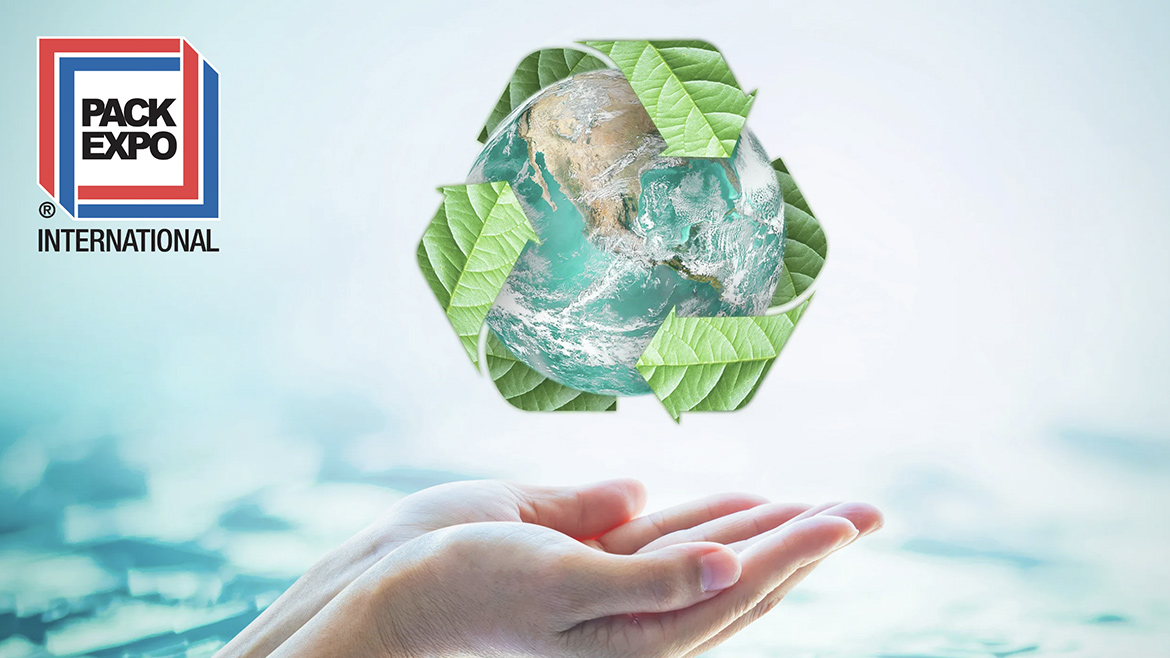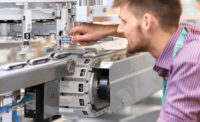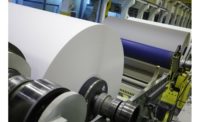As the last of six children, with parents who lived through the Great Depression and World War II, I have an ingrained fondness for antiquated idioms. One of my favorites, “where the rubber hits the road” is exactly that — a catchy phrase from a Madison Avenue 1950s world that has maintained its potency through the decades. And that point of contact—the visceral reality of true action vs. aspirational hyperbole — resonated throughout the recent PACK EXPO International, particularly as it pertains to ready-for-the-road sustainability solutions.
The recent PACK EXPO International event, which took place at Chicago’s McCormick Place in October, was a rousing success — a culmination of four prolonged years of industry disruption where CPG companies across food, beverage, healthcare, and pharmaceutical markets faced unprecedented challenges.
The event welcomed more than 44,000 attendees, with 2,200 exhibitors showing their latest packaging and processing solutions across more than 1.2 million square feet of show floor. “The success of PACK EXPO is a testament to our industry’s continued growth as well as PMMI’s commitment to bringing the industry together to share cutting-edge innovations,” says Jim Pittas, president and CEO, PMMI. “No other event this year showcased so many end-to-end solutions, offering attendees everything they need to compete in a changing marketplace.”
The single prominent theme of the event, based on my interactions with nearly everyone I met, was clearly sustainability. This is nothing new. The CPG industry at large has maintained a fondness for sustainability discourse for several years now. But it’s all talk until you put the key in the ignition, fire up the engine, and take that machine out on the road to see what it can do. Action, after all, always speaks louder than words.
And based on what I was hearing at PACK EXPO, more companies than ever are done talking and are ready for action. This translates to more options for truly sustainable flexible packaging, functionally effective biodegradable options, and other variables that will help bring the CPG industry closer to a truly circular economy.
One of the catalysts driving this action is surely the decision by the U.S. Securities and Exchange Commission (SEC) to begin holding companies to their published sustainability goals (see “Statement on the Review of Climate-Related Disclosure” for details, along with SEC’s “Climate and ESG Risks and Opportunities” resource).
Increasing consumer demand for true packaging sustainability is another driver of change. And the CPG companies that bring clear solutions to market will find a willing and ready audience who are ready to let their dollars speak for their desire to reduce the impact packaging has on our global environment.
If you are actively engaged with packaging sustainability innovation, we’d love to hear your strategies and success stories. Looking forward to connecting—and driving our industry toward a more-innovative future.
Douglas J. Peckenpaugh
Group Publisher
(847) 770-5916
peckenpaughd@bnpmedia.com




